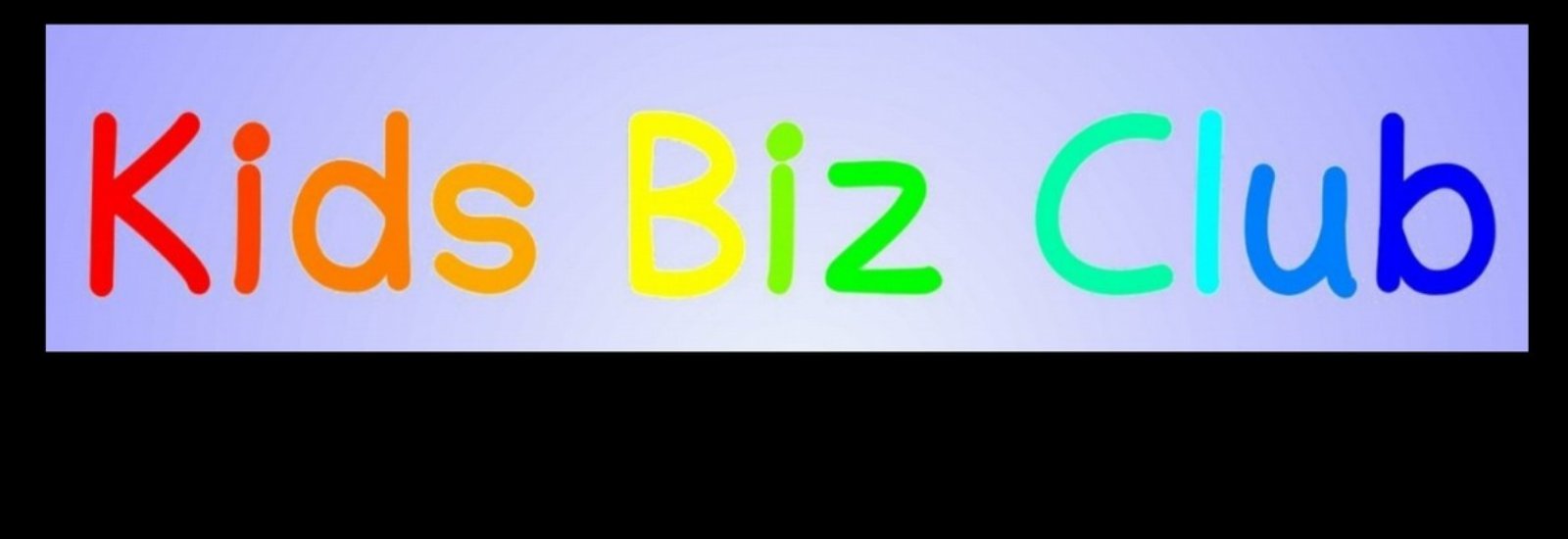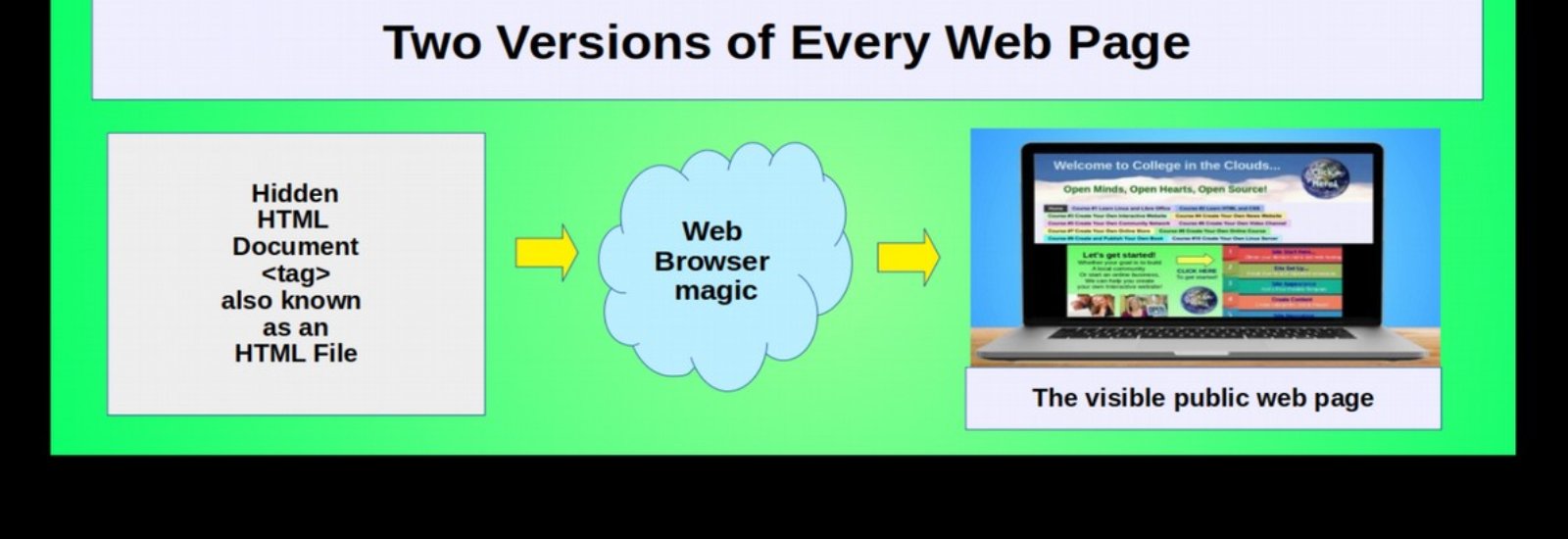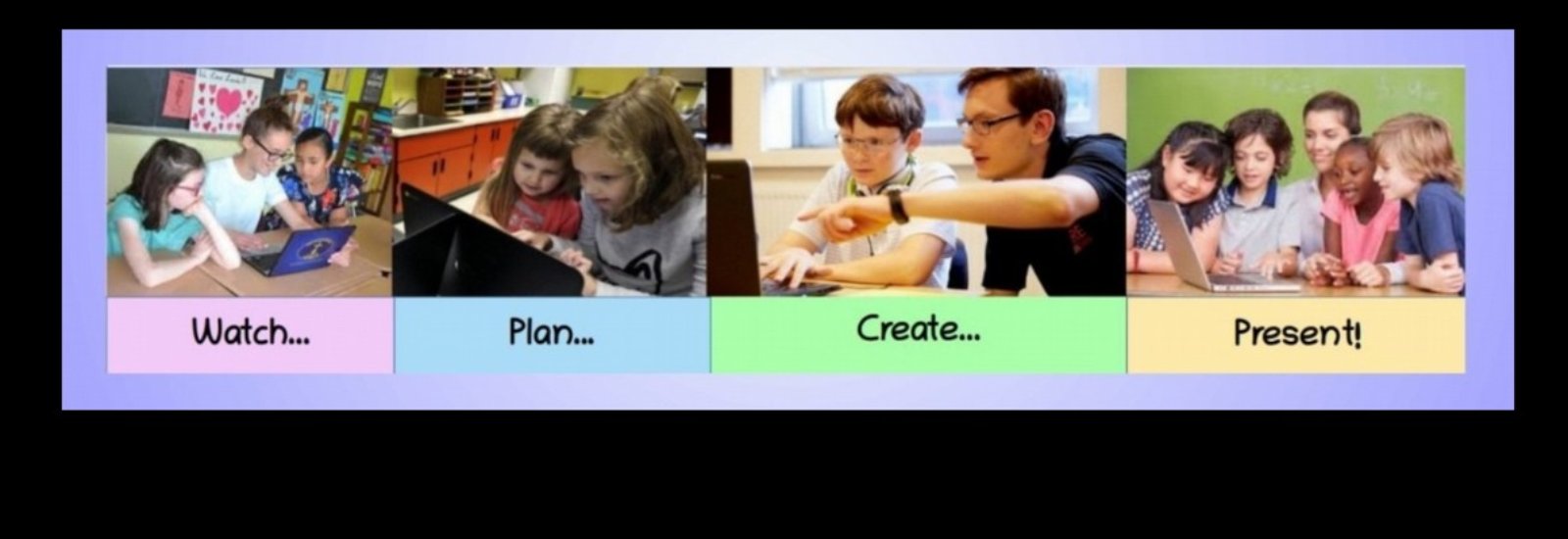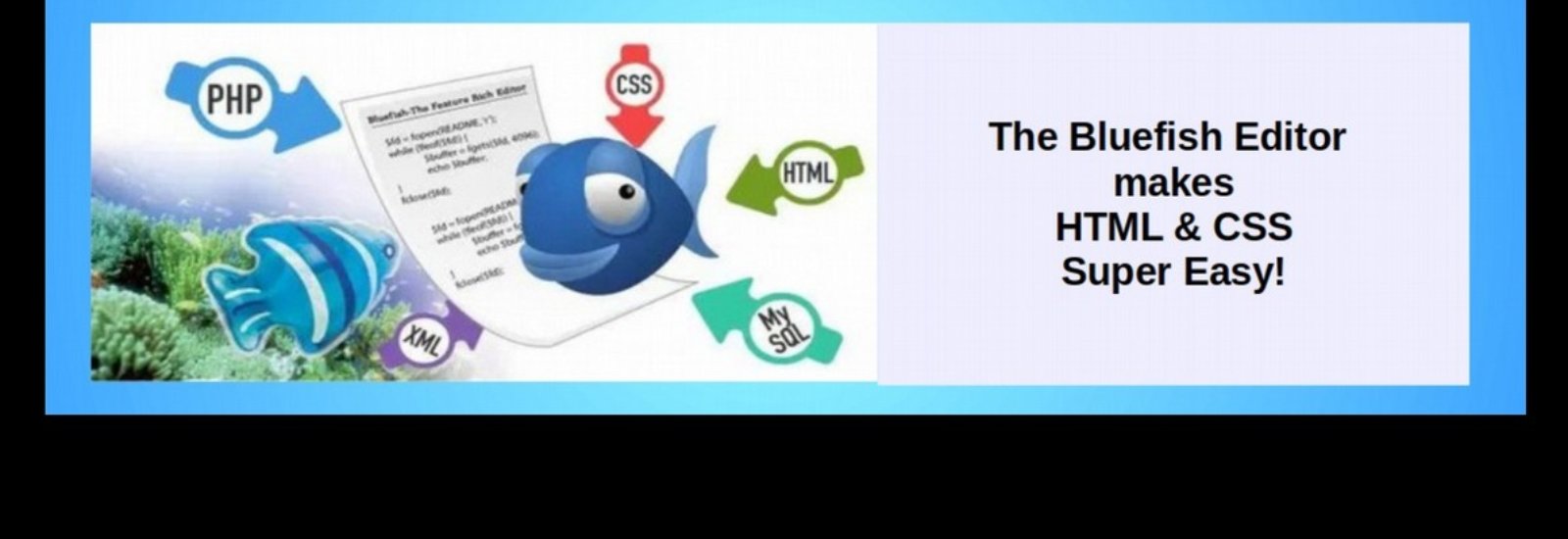Welcome to Kids Biz Club! We offer hands on project-based courses designed to inspire the next generation of small business owners. Our goal is to help students realize their dream of being a business owner. We equip students with the basic knowledge needed to start and promote a business through carefully crafted activities that combine timeless business principles with cutting edge technology tools. Students choose a business field they are interested in. They then write their own business plan and build their own website for their new business. Students then post their project to the Internet and present their project to other students.
Our Kids Biz Club course is unique in at least ten important ways…

Let’s take a quick look at each of these ten crucial differences.
#1. We use age appropriate learning activities.
Our courses are carefully designed by a person with a Masters Degree in Child Development and 30 years of teaching experience. Sadly, most website building courses are designed by folks with a background in computer programming. These programmers mean well. But they often use terms and activities that are too complex and abstract for young learners. Young learners may look, talk and act like adults. But they think completely differently. It is important to use carefully chosen words that children can relate to. It is equally important to provide simple activities directly connected to new words in order to turn abstract ideas into understandable concepts. Here is just one of many examples of how we connect new and abstract terms with a students past experiences. This example connects HTML tags with a students past experiences of a grilled cheese sandwich:

Kids have no way to relate to HTML tags because they have not yet had any concrete experiences with HTML tags. But almost all kids have had experiences with grilled cheese sandwiches. When we tie the tags to the bread and the cheese to the website content between the HTML tags, suddenly kids begin to understand not only the concept of HTML tags, but also the concept of a container which is another important concept in building web pages.
#2 We use a Mentoring Model of Learning to help students learn
We encourage parents and older students to help younger students learn complex tasks. Younger students can achieve wonders when they have a chance to watch and learn from someone more experienced with a skill than they are.

One of our primary missions in offering this course is to help train teachers and parents how to become mentors for the next generation. One way we do this is by offering graduates of our courses and their parents an opportunity to come back as assistants for future courses. After all, the best way to really learn something is to try to explain it to someone else!
#3 We understand how children learn
Sadly, a lot of web building courses are little more than a series of long lectures followed by a mountain of boring abstract exercises. Rather than lecturing kids about abstract ideas, a child learns more from watching a mentor actually doing the task we want the child to do. Next, allow the child to work in a group with others to accomplish the task as a group. Third, allow the child to do the task on their own. Finally, allow the child to explain to others what they did. Thus, the best way for kids to really learn a skill is to learn the skill in four ways using this four step learning cycle.

#4 We use Real World Project Based Learning
Most real businesses sell a product or provide a service. As the designer of this course, I spent not only 30 years teaching, but I also spent 10 years starting a successful small business. In fact, I started an online store more than one year before the start of Amazon.com. Since then, I have helped hundreds of small business owners build their own business websites. Our goal is to help students learn how to make real business websites for real businesses. This includes researching business names and writing a business plan explaining how their business income will be greater than their business expenses!

#5 We provide concrete, interesting examples
We provide two example projects to help students get started. Our first example is a product based business… Worlds Best Lemonade Stand.com:

Many students have already tried their hand at this business. We will add a website to help them promote their lemonade stand.
Our second example is a service based business called the Pet Education Center.com …. Where pets go to train their owners! Most kids also have pets and may have even taken their pet to pet obedience school. In this unique business, we will be helping pets train their owners!

These are two business ideas most kids would love. But the sky is the limit… Your student picks a business they are interested in – and we will show them some basic steps to help them build it! We explain how to start a new business from brainstorming opportunities, naming, planning, budgeting, and marketing to raising funds and delivering the final products or services.
#6 We break up complex processes into a series of simple steps
Building a business can be as easy as baking a cake. The key is to use a well organized recipe and make sure you have all of the right ingredients before you get started. We divide our course into the following nine steps (with each of these steps being divided into even more steps):

#7 We provide literally hundreds of images to help students match abstract words with visual experiences.
Images help turn abstract words into concrete examples. Below is an image of responsive web design - making a website that adjusts to the width of the screen – no matter what screen is being used to view the website:

#8 We use a free tool called Bluefish to make building websites easier. Bluefish gives students (and their parents and teachers) a structured way to make their web pages. Bluefish helps students by providing a one click web page template that students merely modify. The web page can then be viewed in a browser as the student makes changes to the page in the bluefish editor. Instant feedback turns abstract code into concrete pages.

#9 Students get a free website to display their project.
We teach students (and parents and teachers) how to post their work on a free public website called Gitlab – an important website building and collaboration tool used by some of the world’s most cutting edge business startups. Posting their project to Gitlab will enable students to continue working on and improving their projects even after the course is over. Best of all, when the course is over, your student will have a real business website to show their friends, parents and potential investors.

#10 We provide all of the tools needed for this course.
All students need to bring is their imagination and a desire to learn. No experience or special equipment needed. If your student has a laptop, then they can bring it to class and we will help them install the needed free programs, such as Bluefish on it. But we will have laptops available for any student who needs one. As we are still training instructors, our first few courses will be by invitation only. If your student would like to attend one of our first pilot courses, we will be posting information about how to apply shortly. Eventually, we will offer these courses right here on this website.
Do you have a student who would like to learn how to start their own small business? We will be posting information about our first course in the next few weeks!
Questions? Email me: David Spring M. Ed.
Springforschools (at) gmail (dot) com.











